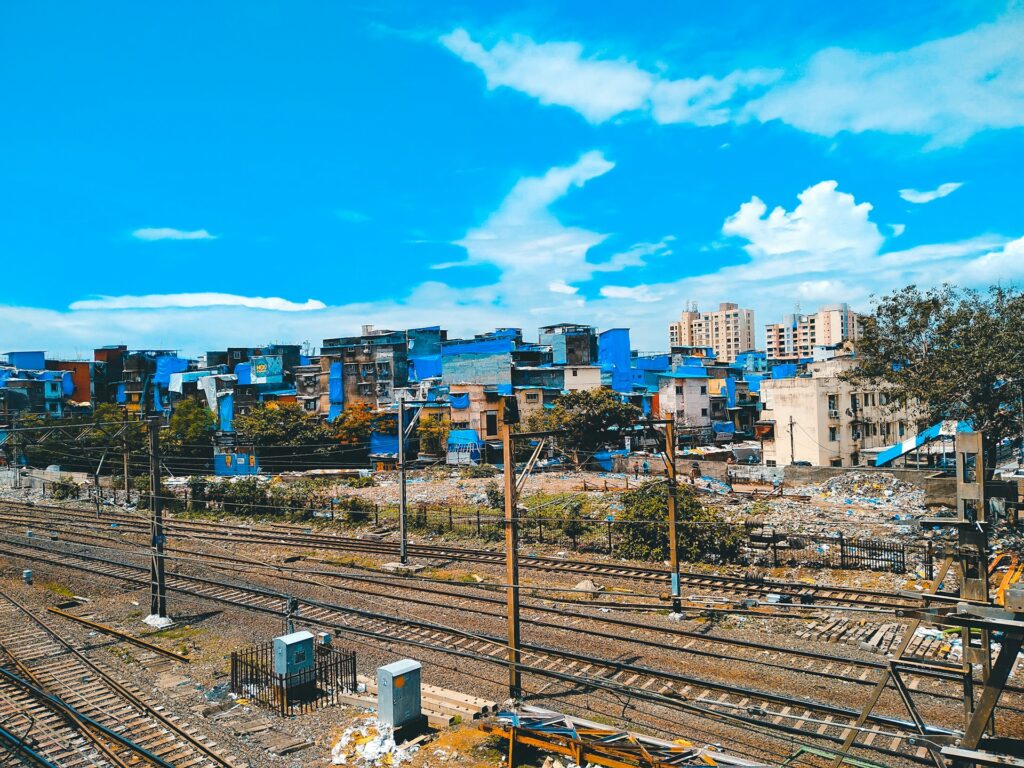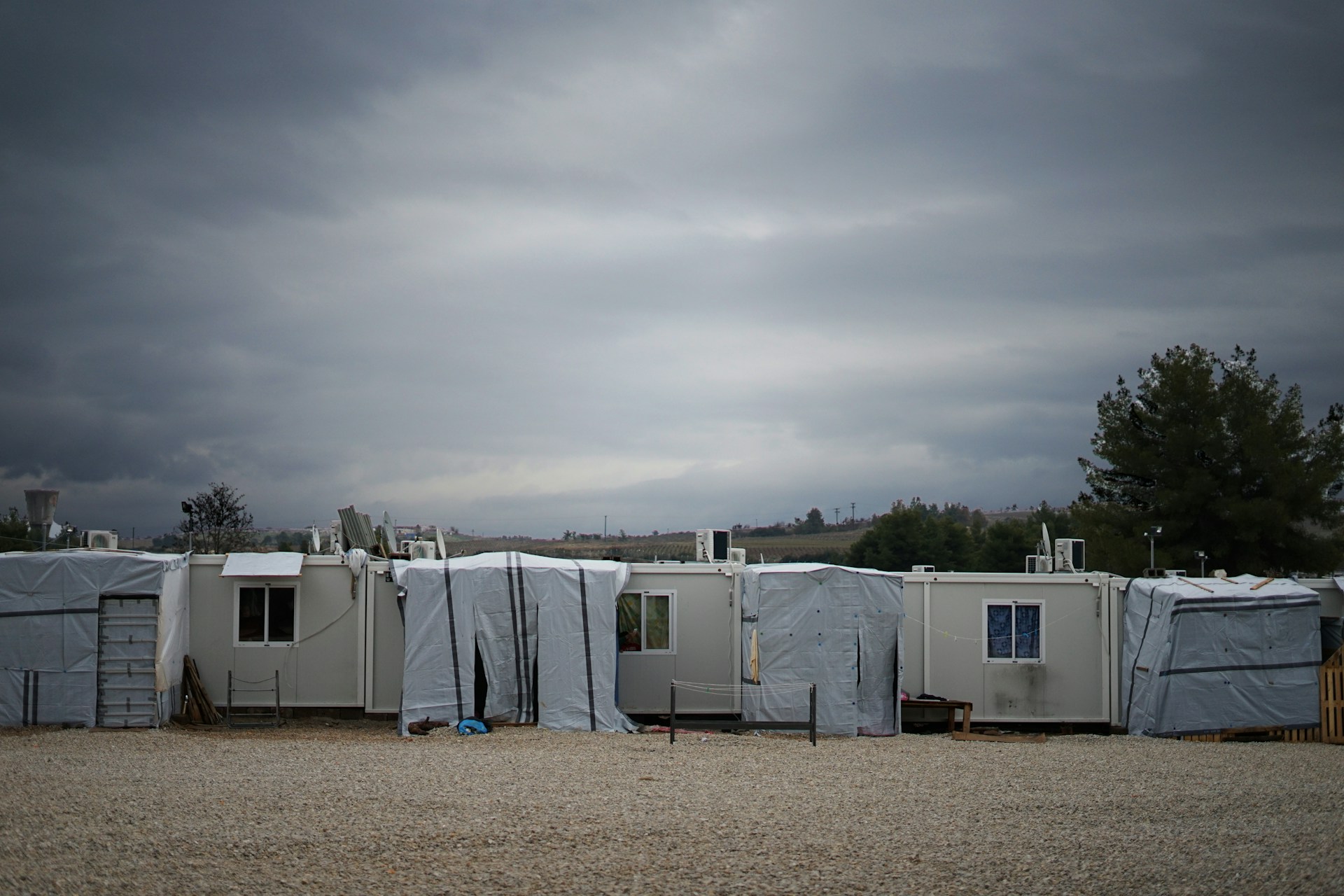Slums vs Informal Settlements: What’s the Difference?
It is common to use slum and informal settlement interchangeably within the context of policies by governments and agencies for urban development and housing.
Although they are used interchangeably, both the terms have different meanings and nuances.
They are used to convey various aspects of the challenges posed by urbanization, deprivation, and inappropriate housing.
However, their understanding forms a basis for developing appropriate policies and interventions.
This blog talks about how slums are different from informal settlements, what they share in terms of challenges, and what strategies can be used to improve habitation as applicable to both contexts.
What Are Slums? Characteristics and Definitions
This slum is generally defined as an area within the city, which has a high density of thinly populated individuals residing under poor living conditions and substandard houses.
Slums usually have one or more of the following characteristics as defined by UN-Habitat:
- Lack of tough housing.
- Inadequate living space (overcrowding).
- Inadequate access to clean water.
- Insufficient sanitation.
- Uncertain tenure.
Major Characteristics of Slums:
1. Location to Urban Areas:
Most of these slums are located in cities and are found very close or adjacent to industrial areas or city centralities.
2. High Population Density:
Overcrowding is the feature of slums where one could find a number of families even sharing a very small room.
3. Legal Recognition (or No recognition):
Some slums are actually under the municipal and state government while residents of some face extinction everyone regards their area an illegal settlement, leaving all people there prone to eviction.
4. Economic Deprivation:
The residents largely engage in work that is characterized as informal or with gross remuneration being low, thereby contributing to the poverty cycle.
Most slums have been created through rapid urbanization that is much faster than the infrastructural support, leading vulnerable populations to erect makeshift housing.
What Are Informal Settlements? A Broader Perspective
Any settlement which is included in the definition has not been established by an official plan or without any regulation, and not therefore legally recognized.
Unlike the term slum, which has a more specific connotation of the most congested and unlivable urban conditions, “informal settlement” can be used to refer to the entire range of such housing conditions in both urban and peri-urban environments.
Key Features of Informal Settlements:
1. Absence of Regulation:
the main condition under which construction and development often takes place is outside legal regulations against land use and zoning violations.
2. Self-Built Housing:
Generally, a resident constructs a home with cheap or improvised materials-not clear. Unlike slums, informal settlements are low on services like electricity, water, and waste management.
3. Diverse Economies Profiles:
Most residents are low income; informal settlements can also cater to middle-income families in search of cheaper options.

How Do Slums and Informal Settlements Differ?
1. Legal Tenure:
Although often included formally within the urban plans and settlement schemes, slums normally have rather more of the characteristics of informal settlements compared to such settlements, since informal settlements are all unregulated, outside the legal framework.
2. Development Patterns:
Informal settlements often belong to the very earliest stages of development and do not have the extreme overcrowding and dilapidation typical of slums.
3. Geographic Range:
Informal settlements may also include areas in the peri-urban spaces or rural outskirts, while slums are generally an urban phenomenon.
Shared Challenges: What Links Slums and Informal Settlements?
The Challenges of slums and informal Settlement got a lot in common despite their diversities, Challenges ranging from poverty, inequality, and poor urban planning.
1. Compromised Basic Services
Welfare services such as provision of clean water, sanitation facilities, connection to electricity, and waste disposal are largely missing in both slums and informal settlements.
The absence of these facilities does not only reduce one’s quality of life but also threatens healthy living conditions rife with the transmission of infectious diseases.
2. Insecurity of Tenure
They do not possess any legal ownership or rent agreements; thus, they are exposed to being evicted any time.
The feeling of unsecured housing discourages household improvement investments and aggrandizes poverty.
3. Social Marginalization
Both types of residences are known to carry stigma and are looked at as something that is not entirely wholesome.
People living in these types of housing are subject to the dangers of discrimination and an even more limited search for employment, education, and health care.
4. Environmental Hazards
There is a pattern of floods, very sharp slopes, and settlements close to industrial zones; all these areas are usually termed as environmentally hazardous.
These types of siting make the community members extremely vulnerable to disaster and health problems due to pollution.
5. Rapid Urbanization
Both slums and informal settlements are fruits of accelerated urban growth that outruns the infrastructures, particularly of cities in the Global South.
They suffer major population explosion increases that the cities find it challenging to manage. Subsequently, there are housing shortages and unofficial settlements.
Strategies for Improvement: Addressing the Challenges
Lifestyles of slums and informal settlements can be improved only with some incredibly fine-tuned, very inclusive approaches that are oriented to the specific conditions of each place.
Here are some major strategies of such an approach:
1. Upgrading Slum Housing
Governments can invest in infrastructure services to supplement rather than raze a slum.
The entry of formal housing into slum improvement programs would be as in the case of Brazil’s Favela Bairro and similar slum upgrading schemes in India.
2. Legitimize Settlement Abandonments
The title deed or any kind of land tenure security is enough for residents to invest in their house.
The formality also extends infrastructure development and inclusion in various urban plans for informal settler legalizations.
3. Participatory Urban Planning
Housing solutions become important when, in addition to the needs of the community expressed in actual ground realities, residents are also involved in the decision-making process.
The result of such planning is trust that leads to more sustainable outcomes.
4. Affordable Housing
Access to affordable, well-planned housing can also be a deterrent to the proliferation of slums and informal settlements.
Public-private partnerships, subsidies, and innovative financing models could all be introduced to promote and extend the availability of affordable housing.
5. Strengthening Social Services
The real break of the gorges of poverty could be through provision and accessibility to education, healthcare, and job opportunities as these have the potential to change lives in slums and informal settlements.
6. Mitigation of Environmental Hazards
Relocating communities from disaster-prone areas and developing climate-resilient infrastructure will give residents safety against disasters.
Conclusion
Slums and informal settlements are two different but parallel types of housing crises in our rapidly urbanizing world.
On the one hand, slums refer to an element of overcrowding and deteriorating conditions of dwelling in our cities; whereas informal settlements refer to broader unregulated housing forms.
Both indicate the obvious need for inclusive urban policies that tackle poverty and shortages of housing as well as inequality.
Having understood the differences and the common issues between slums and informal settlements, policymakers and urban planners should develop targeted interventions that will improve living conditions and sustainable development.
Through the proper strategies, these communities can be turned into affluent neighborhoods, outfitting dignity and opportunity to their residents.
Also read: Case Studies: Successful Slum Redevelopment Programs

